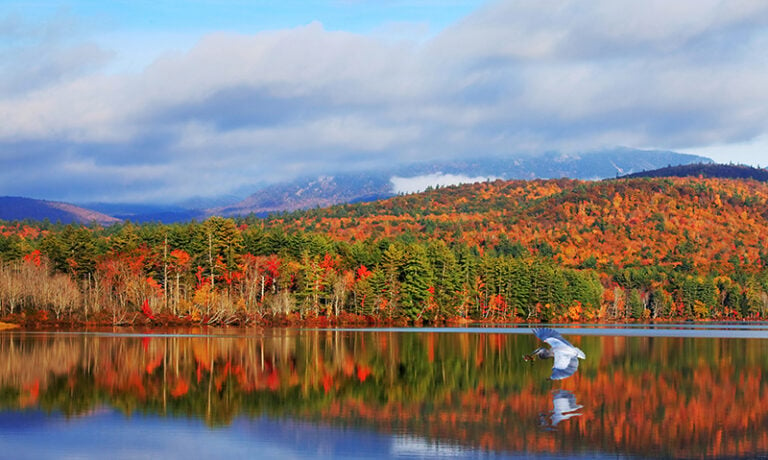The Science Behind Fall Foliage
There’s something about fall weather that people just seem to love. From drinking apple cider to hayrides, and dressing in spooky costumes for Halloween, fall is a great old pumpkin of fun. But my favorite part of fall is watching the leaves change color and turn into brilliant shades of red and yellow before floating…

